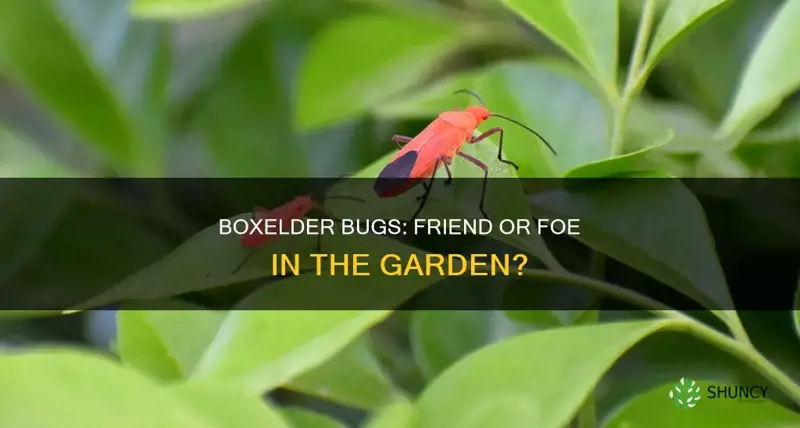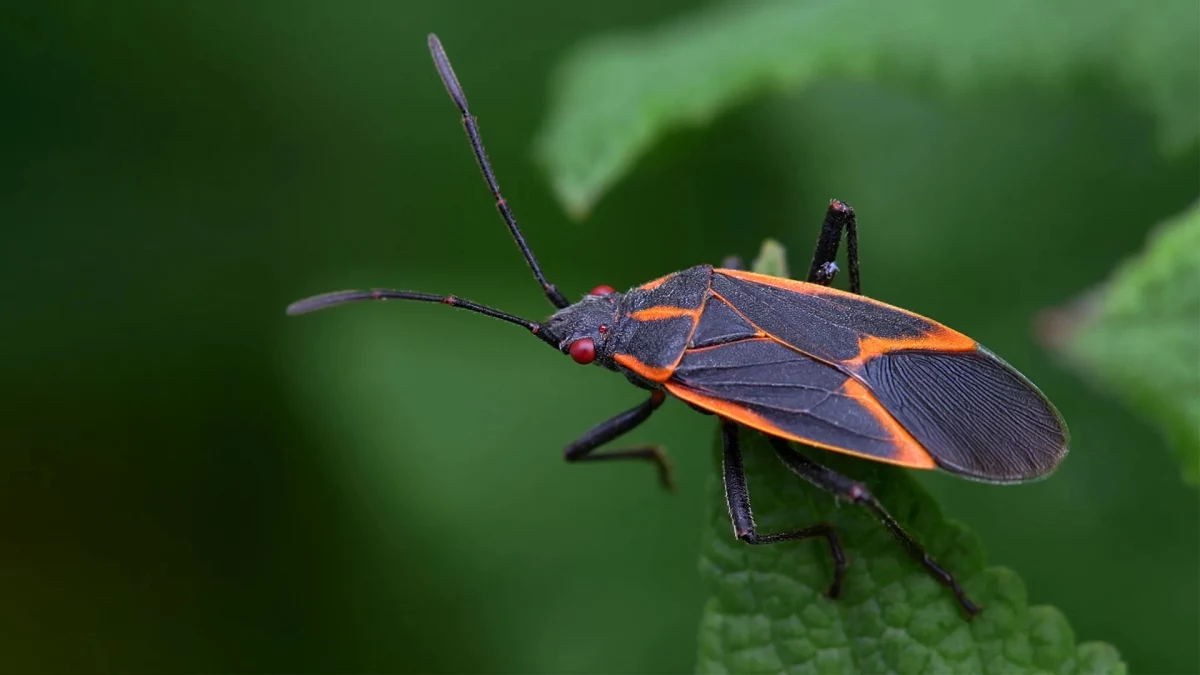Are Boxelder Bugs Harmful to Plants? Practical Facts and Solutions

The first time I saw a swarm of boxelder bugs sunning themselves on my porch, it felt like an omen. Dozens of black bodies with red racing stripes, clustered together in the warmest patch of concrete—a scene straight out of a B-movie. My mind spun with questions: Are they eating my plants? Will my new sugar maple survive the season? I almost reached for the strongest spray under my kitchen sink.

But let me take you inside what really happens—not just in gardens, but in our heads—when boxelder bugs show up.
Our Brains Love to Catastrophize
It’s wired into us: see a crowd of insects and imagine devastation. This makes sense from an evolutionary standpoint. Long ago, missing the signs of a locust swarm could mean famine. So when we spot boxelder bugs gathering by the hundreds, our brains light up with old alarms—even if these particular bugs aren’t worthy of panic.
I remember talking to my neighbor Lisa, who eyed her row of ash trees every fall with mounting dread. “I keep picturing them draining all the sap out,” she confessed once, half-laughing at herself. The truth is, most garden disasters we picture never actually happen; our perception is shaped more by fear than fact.
Boxelder Bugs: The Harmless Houseguests

Here’s what I’ve learned through trial and error (and some sheepish overreactions): Boxelder bugs are more like mild-mannered freeloaders at a summer barbecue than marauding invaders.
Yes, they feed on seeds and leaves—mainly from female boxelder trees, plus maples and ashes as occasional snacks. But after years watching them return each autumn, I’ve yet to see real damage beyond a few tiny leaf spots or minor curling that resolves by mid-spring. Even when I meticulously examined seedlings—lifting leaves to peer underneath—I found nothing serious.
Why don’t they do lasting harm? It comes down to their biology. Boxelder bugs don’t have strong enough mouthparts or appetites to inflict real wounds on mature plants; their feeding is shallow and scattered. Think of it as someone sipping your lemonade rather than draining your entire fridge.
The Psychology Behind Our Reactions
What fascinates me most is why we respond so strongly to these harmless insects. It’s not about what they do—it’s about how they make us feel:
- Visibility breeds anxiety: Boxelder bugs congregate in large numbers and bright colors, triggering our “something’s wrong” radar.
- Pattern recognition gone awry: We associate swarms with destruction because that pattern has been true for other pests.
- Loss of control: Suddenly seeing dozens (or hundreds) gives a sense that nature is outpacing us—a deeply unsettling feeling for anyone who loves their garden.
But here’s the twist: once you step back and look at actual impact (not just appearance), you realize your anxiety isn’t matched by reality.

What Works—and Why
Over several seasons, I adopted small but powerful habits—not because any expert told me to, but because experience demanded it:
-
Host Tree Awareness
- Female boxelders are the main draw; maples and ashes less so.
- When I finally replaced two aging female boxelders in 2022 (they’d begun dropping limbs anyway), bug numbers plummeted by half within one year.
-
Ground Control
- Raking up fallen seeds became my autumn ritual.
- Each time I filled a bag with helicopter seeds beneath my old maple—accompanied by that dry papery sound—I knew I was quietly cutting down next year’s congregation.
-
Water Power
- Forget pesticides; nothing worked better than blasting clusters off siding with the hose on a crisp October morning.
- There’s something oddly satisfying about watching them scatter—no guilt, no chemical residue.
-
Sealing Up
- After one miserable winter where three dozen boxelders found their way into my mudroom (leaving rusty stains behind), I spent $23 on caulk and two afternoons sealing every gap around windows and vents.
- Not glamorous work—but that next spring? Zero indoor sightings.
Each step was guided not only by effectiveness but also by understanding why it helped: reducing food sources meant fewer guests; water pressure scattered them without harming pollinators; physical barriers respected both house and habitat.
Learning From False Starts
My first attempt involved store-bought sprays promising instant results—for $14 per bottle—but after two weeks all I had were dead ladybugs (oops) and lingering boxelders sunning themselves as usual. Only when I shifted focus from extermination to exclusion did things improve—a lesson in humility as much as entomology.
Stories From the Field

One client called me in panic: “They’re everywhere! My roses will be skeletons!” We walked her yard together—she pointed out dozens on her porch railings but none on her flowerbeds or vegetables. As we knelt beside her miniature Japanese maple looking for chew marks or dieback, she blinked in surprise: “It all looks…fine.” Relief spread across her face—a psychological weight lifted simply through observing reality instead of imagining disaster.
Another time, while advising a local school garden project back in 2019, we noticed kids fascinated more than frightened by clusters along sunny brick walls (“They look like little racecars!” one giggled). Their curiosity turned potential worry into wonder—a reminder that attitude can shift everything about how we experience wildlife in our spaces.
When Good Enough Is Truly Enough
If you’re reading this hoping for magic bullets—there aren’t any needed here! The most effective fixes are gentle nudges rather than scorched-earth tactics:
- Inspect host trees if you have them
- Tidy up fallen seeds/leaves
- Hose away clusters as needed
- Seal cracks before cold weather
Skip harsh chemicals—they risk more harm than good—and trust that nature mostly balances itself out if you give it space and attention where it counts.
And if doubt creeps in? Snap a photo; send it to your local extension office or gardening group online—that single action can replace spiraling worry with clear answers rooted in lived experience.
Final Thought: Let Curiosity Win Over Fear
The greatest gift these harmless interlopers gave me wasn’t pest-free plants—it was learning to question kneejerk reactions and replace worry with observation. In gardening as in life, sometimes peace comes not from controlling every variable but from trusting your eyes…not just your imagination.
So next time those black-and-red party crashers show up? Take a breath—and let science (and experience) reassure you: your garden is safe…and maybe even richer for their strange company.



